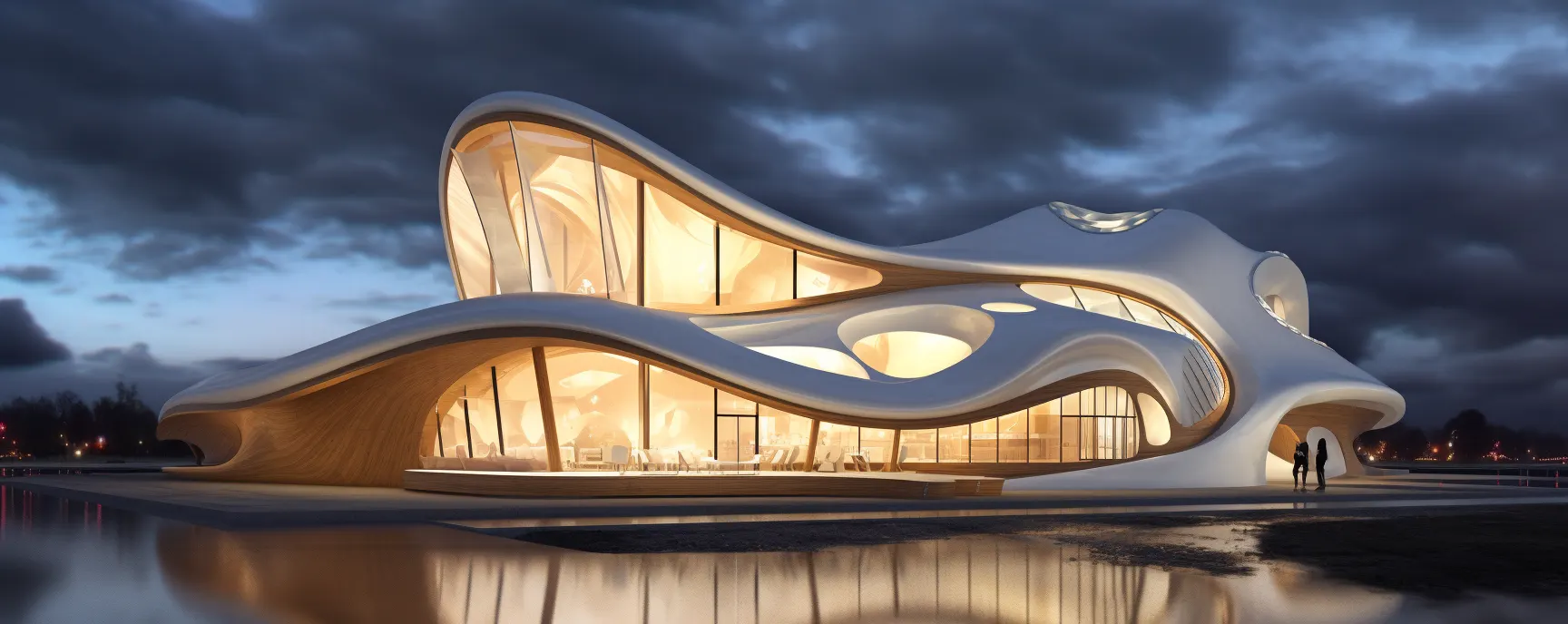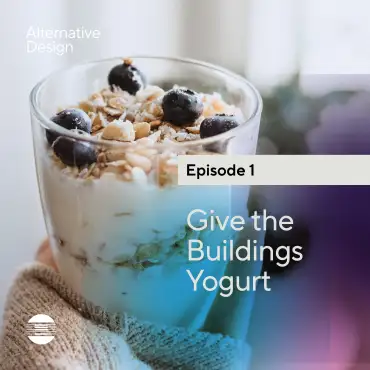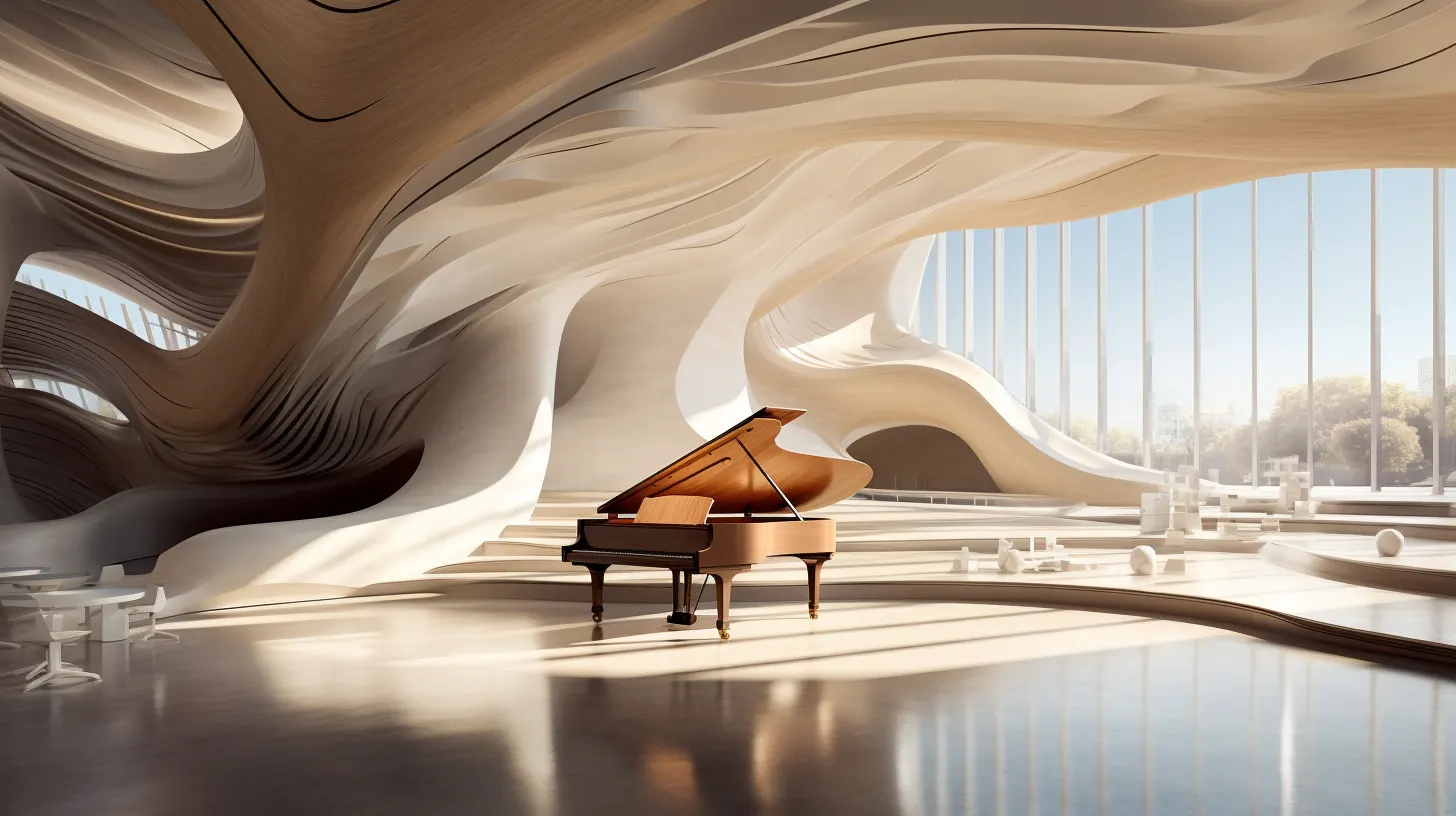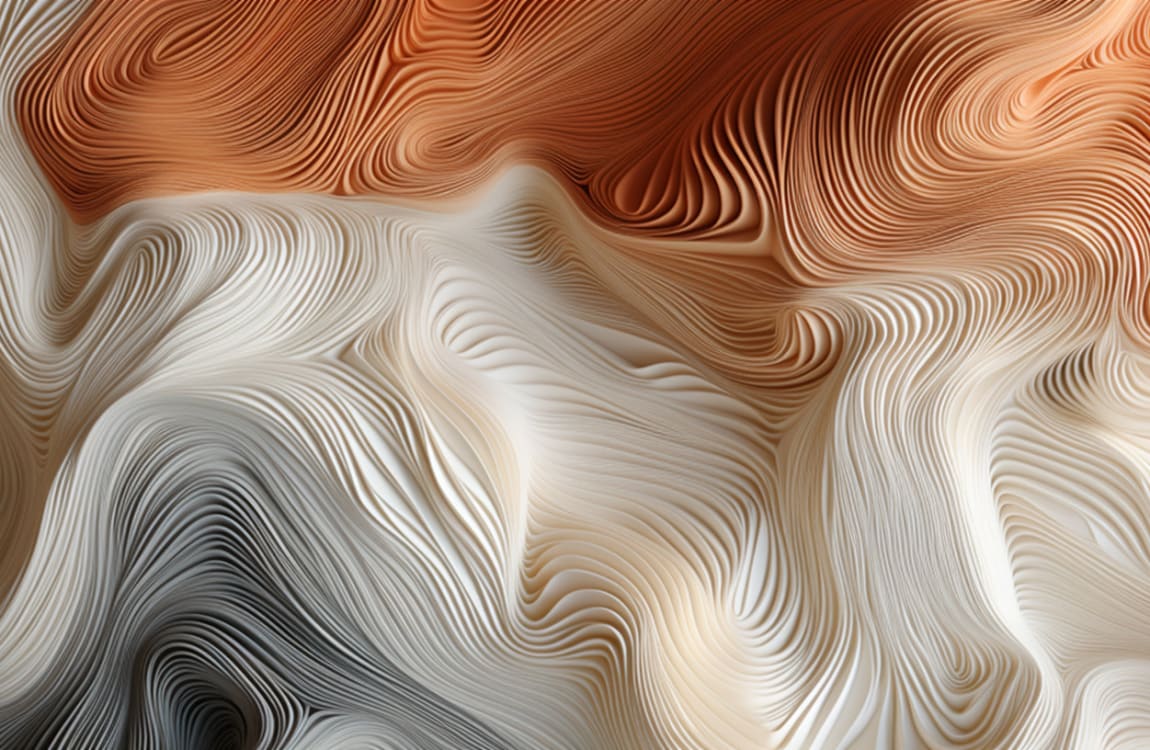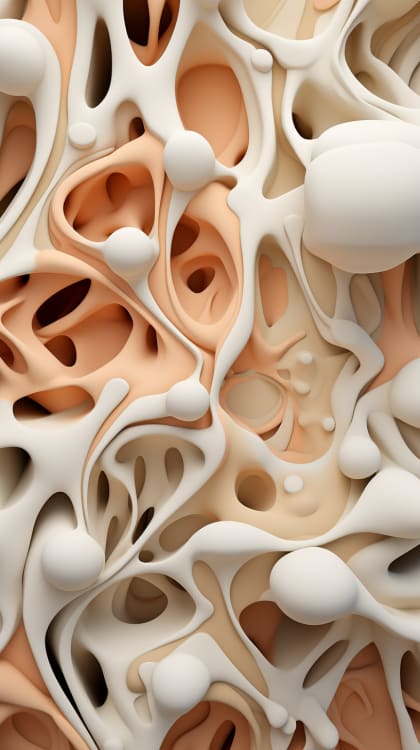Imagine textiles and materials that not only adorn our spaces and furniture but also contribute to our well-being when we interact with them.
In the world of design, where aesthetics and functionality often take the spotlight, there's a new concept emerging that's about to revolutionize the way we think about spaces and their impact on human health. Welcome to the world of microbiomes in design. These tiny inhabitants of our environment take center stage in creating healthier and more sustainable spaces. Let’s dive into a few thought-provoking questions raised on the Alternative Design podcast in the Give the Buildings Yogurt episode, where experts explore the intersection of design and microbiology.
ARE STERILE SPACES TRULY STERILE?
The notion that we can maintain an utterly sterile space once humans enter it is fading. As soon as we step into a room, we introduce our own unique microbial signature, an ever-present reminder that life is all around us. This episode highlights the fascinating phenomenon of how microbial communities left behind by prior occupants can interact with the new inhabitants' microorganisms. This reality is particularly significant when considering the design of spaces that promote health and well-being. This insight shatters the illusion of complete eradication and opens the conversation about creating balanced microbial ecosystems within our built environments.
HOW CAN DESIGNERS HARNESS BENEFICIAL MICROORGANISMS IN THEIR DESIGNS?
Probiotics can have a positive impact on human health, from reducing body odor to boosting the immune system. The concept of incorporating beneficial microorganisms into fabrics and surfaces is a space that we should continue to explore. Rosie Broadhead, a visionary clothing designer is featured in the episode as a pioneer of efforts to weave probiotics into textiles. Imagine textiles and materials that not only adorn our spaces and furniture but also contribute to our well-being when we interact with them.
By incorporating probiotics and other beneficial materials into textiles and building surfaces, designers can actively contribute to promoting a harmonious microbial balance. We present a vision of a future where materials themselves become agents of wellness, fostering healthier interactions between humans and their surroundings. As the design industry explores this concept, we find ourselves on the cusp of a new era—one where our environments actively support our well-being. It's time to embrace the power of design to create spaces that are not just visually pleasing but nurturing to the very essence of our being.
